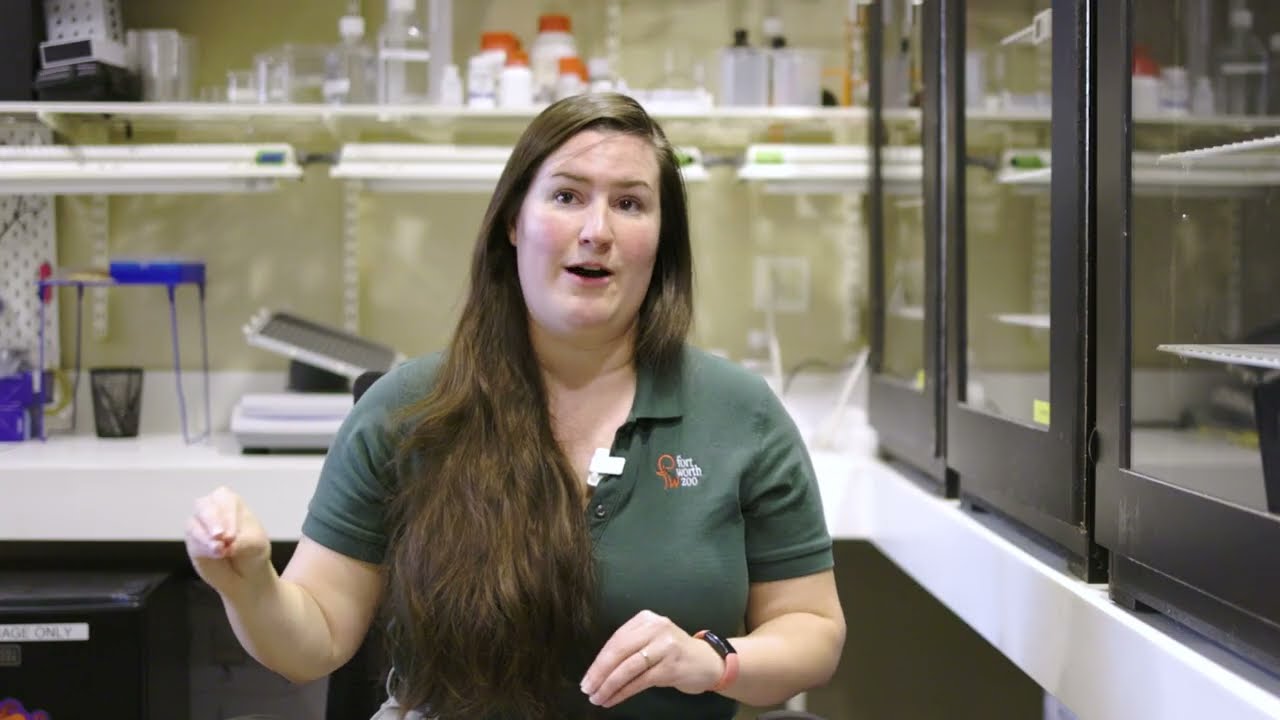- The significance of National STEM Day and how Fort Worth Zoo engages visitors with dynamic STEM-related activities.
- The educational benefits of linking STEM subjects with wildlife conservation.
- Detailed insights into how Fort Worth Zoo manages its diverse animal population amidst conservation efforts.
- Innovative initiatives by Fort Worth Zoo that promote public understanding of zoology and environmental education.
- Fort Worth Zoo’s commitment to providing educational programs that inspire future generations in science and conservation.
The celebration of National STEM Day at Fort Worth Zoo presents a remarkable opportunity to deepen the public’s understanding of how Science, Technology, Engineering, and Mathematics (STEM) are intricately linked with the world of wildlife conservation and zoo management. National STEM Day is an important event that highlights the critical role these disciplines play in addressing some of the most pressing environmental challenges of our time. Fort Worth Zoo, renowned for its innovative conservation programs, uses this day to engage visitors with interactive and informative activities showcasing how STEM concepts drive their efforts to protect and nurture wildlife.
By integrating STEM education within their conservation efforts, Fort Worth Zoo seeks to elevate public awareness and inspire the next generation of scientists and conservationists. Understanding the biology, ecology, and behavior of animals is fundamental to ensuring their survival in both captive and wild settings. Through carefully designed exhibits, educational programs, and hands-on experiences, the zoo fosters a connection between visitors and the majestic animals that inhabit it, underscoring the importance of scientific inquiry in preserving biodiversity.
The Fort Worth Zoo is home to an astonishing diversity of species, each requiring specialized care and management. The zoo’s animal care team utilizes technologies such as health monitoring systems and genetic databases to ensure the well-being of their charges. These tools enable the tracking of animal health, breeding patterns, and genetic diversity, which are crucial for maintaining robust populations of threatened species. Such technological applications highlight the zoo’s commitment to advancing knowledge about the animals under its care and sharing this knowledge with the public.
Visitors on National STEM Day can witness firsthand the application of engineering principles in zoo habitats. Designing enclosures that cater to the specific needs of different species involves intricate planning and construction techniques. These environments are crafted to simulate natural conditions as closely as possible, ensuring the physical and psychological health of the animals. The zoo’s architects and engineers work closely with zoologists and behavioral experts to create spaces that promote natural behaviors, offering guests a window into the lives of animals in the wild.
In keeping with its educational mission, the Fort Worth Zoo offers a variety of programs that shine a light on the intersection of zoology and environmental education. Workshops and demonstrations provide insights into dietary planning, veterinary care, and the physiological study of animals. These programs are designed to be both informative and engaging, encouraging participants to consider the broader implications of wildlife stewardship in a world facing ecological challenges. The zoo’s initiatives aim to instill a sense of responsibility and empower individuals with the knowledge to make informed decisions for the conservation of natural resources.
Moreover, the Fort Worth Zoo remains at the forefront of conservation science, applying cutting-edge research methodologies to support the breeding and reintroduction of endangered species. Efforts such as their Texas Horned Lizard Reintroduction Project demonstrate the application of scientific research in real-world scenarios. By using habitat surveys, GPS tracking, and climate modeling, the zoo’s conservationists can make data-driven decisions that enhance the success of reintroduction programs. Such projects emphasize the importance of a thorough understanding of species requirements and habitat conditions to achieve long-term conservation outcomes.
National STEM Day at Fort Worth Zoo is not just a celebration; it is an educational movement that reinforces the integral role of STEM in every aspect of zoo management and wildlife conservation. By participating in this event, visitors are not only entertained but also educated and inspired, developing a deeper appreciation for the intricate balance of ecosystems and the scientific endeavors that sustain them. Fort Worth Zoo’s ongoing commitment to providing educational opportunities ensures that the legacy of environmental stewardship is passed on to future generations, fostering a world where humans and nature coexist in harmony.
Through engaging with Fort Worth Zoo’s programs and initiatives, visitors gain an appreciation of the nuanced relationships between all living organisms and the planet. The zoo’s dedication to educational excellence and environmental sustainability serves as a model for others, illustrating how innovation and science can be harnessed to tackle the complex issues facing our natural world. As custodians of Earth’s biodiversity, we each have a role to play in protecting and preserving it for generations to come.
*****
Source Description
In honor of #NationalSTEMDay on Nov. 8, we want to highlight one of our very own, Allison Julien, the Zoo’s reproductive biologist.🔬
Allison’s work at the Zoo centers around assisted reproductive technologies, including fertility treatments like IVF, which increase reproductive output in our conservation species. Her work is crucial to a variety of our conservation projects, including those with species like the Houston toad and Puerto Rican crested toad.
Through this video, learn a bit more about Allison’s unique STEM career and the path she took to get here. STEM careers can look like lots of different things, and each is a vital piece of the puzzle! 🧩


